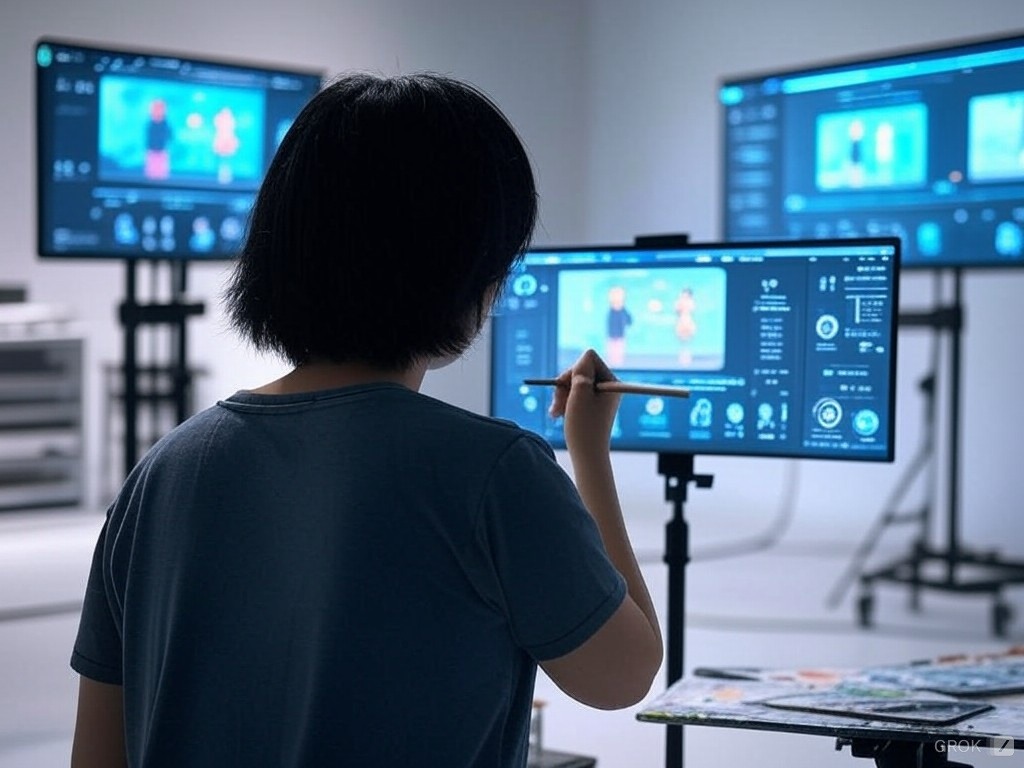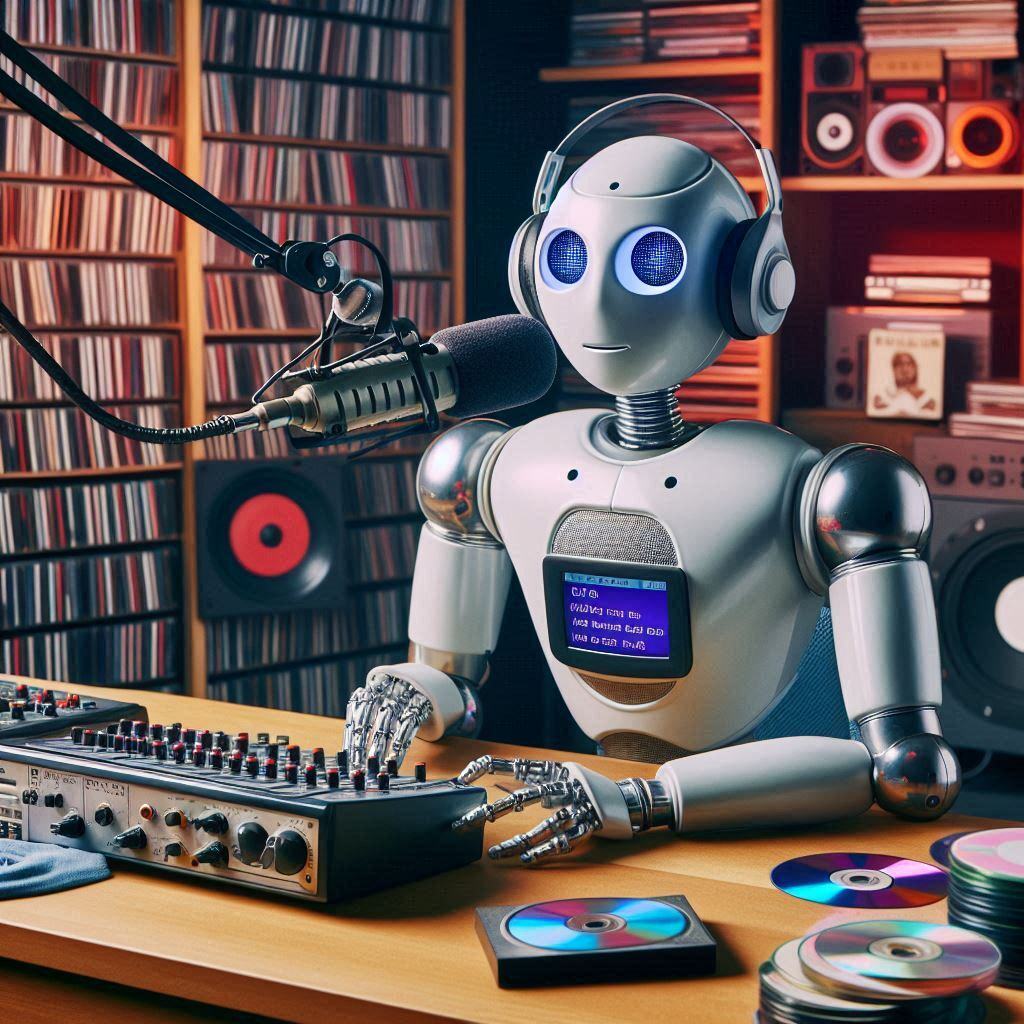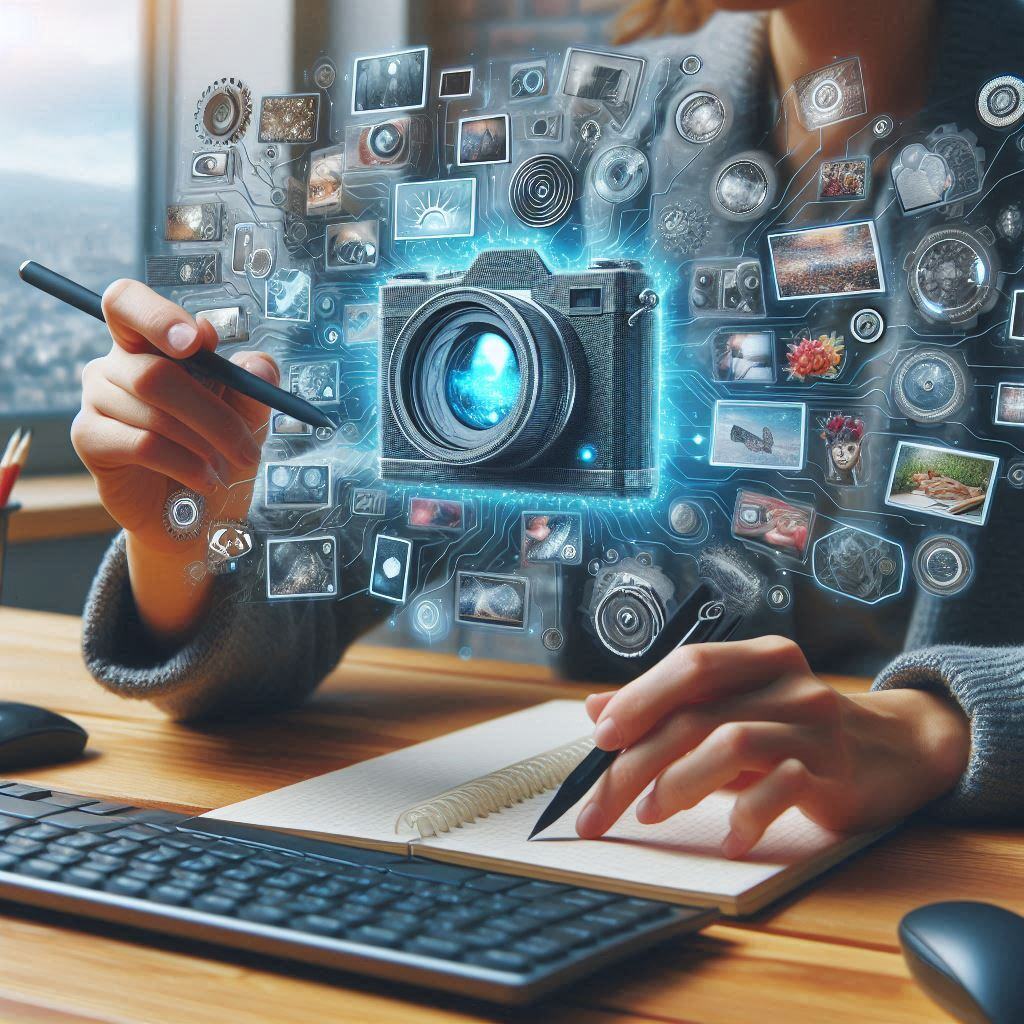How AI Video Generators Are Transforming Video Creation
Whether it’s for marketing, education, or social media, high-quality videos have become the go-to medium for capturing attention and engaging...
Learn about Meta’s Movie Gen, an AI model that generates HD videos, syncs audio, and supports precise video editing and personalization.
Imagine telling an AI to create a high-quality video of a biker racing through the streets of Los Angeles, complete with synchronized audio. That’s exactly what Meta’s Movie Gen models can do. But what makes Movie Gen truly unique? It's not just another text-to-video tool. Meta has developed a suite of foundation models that go beyond generating simple visuals — these models can craft HD-quality videos, integrate audio, edit videos based on specific instructions, and even create personalized media featuring specific individuals.
Movie Gen is a collection of advanced AI models capable of generating diverse media content. It can produce high-definition videos with various aspect ratios and synchronized audio based on different types of inputs such as text prompts, images, or existing videos. Unlike many traditional models that focus on a single task, Movie Gen combines multiple capabilities into one powerful suite.

Key Features of Movie Gen:
Text-to-Video Generation:
Video Personalization:
Instruction-Guided Video Editing:
Video-to-Audio and Text-to-Audio Generation:
Video content is becoming an increasingly dominant form of communication, but creating high-quality, engaging videos is still a labor-intensive process. Traditional tools require extensive editing skills and time, often putting high-end production out of reach for most creators. Movie Gen changes the game by making advanced media generation more accessible, allowing users to create and customize content in seconds.
Example Use Cases:
At the core of Movie Gen is a Transformer-based architecture, similar to those used in large language models (LLMs). This allows Movie Gen to process and understand complex video and audio patterns. But what sets it apart is its ability to manage very large datasets and multiple types of media inputs, which results in a versatile tool that can be used for both video and audio generation.
Scalable Model:
Training Techniques:
Spatio-Temporal Compression:
Meta’s Movie Gen is pushing the boundaries of AI-generated content. By combining video and audio capabilities, adding features like video personalization, and integrating a user-friendly editing interface, it’s poised to become a key player in content creation. Compared to other models like OpenAI’s Sora or Runway’s Gen3, Movie Gen stands out for its overall video quality and advanced personalization capabilities.
Where Does It Excel?
As video continues to dominate digital media, tools like Movie Gen will become essential. In the future, we can expect Meta to further refine this technology to support longer videos, more complex scenes, and real-time editing capabilities. There’s also a strong possibility of integrating this technology into consumer-facing applications, enabling everyday users to create their own media content effortlessly.
Meta aims to set new benchmarks for AI-generated video and audio, with plans to publicly release certain models and benchmarks for the research community. With each iteration, the potential for creators, developers, and businesses to harness the power of AI for media production will only grow.
For a deeper dive into Movie Gen’s capabilities and research, check out Meta’s official blog post and their research paper.

Whether it’s for marketing, education, or social media, high-quality videos have become the go-to medium for capturing attention and engaging...

AI-generated podcasts are a new frontier, enabling creators to produce high-quality audio content with minimal resources. From scriptwriting to voice...

Generative AI for Content Marketing is emerging as a transformative strategy that reshapes how marketers create, optimize, and scale their content...
Start your journey with Integrail

Try AI Studio by Integrail FREE and start building AI applications without coding.

NEW White Paper: Discover how AI Studio accelerates your workflows